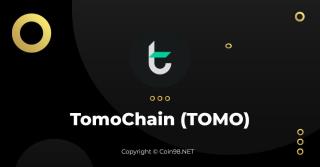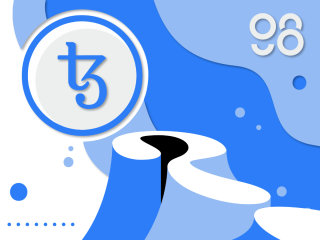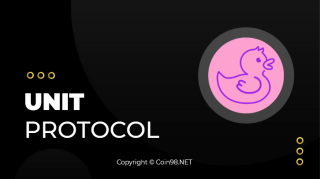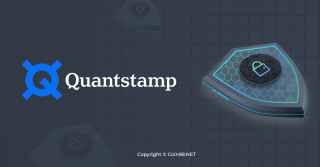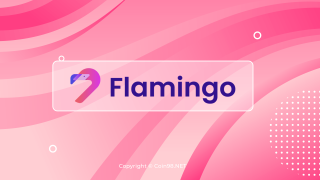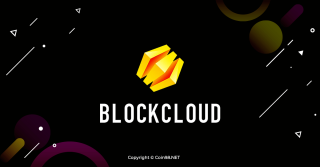ما هو رمز مروحة Santos FC (SANTOS)؟ كل ما تحتاج لمعرفته حول سانتوس

ما هو رمز مروحة Santos FC؟ ما هو رمز سانتوس؟ تعرف على المزيد حول SANTOS Tokenomics هنا!

What is a blockchain node? What are its use cases in the crypto space? Why is it important? Let’s talk about it in this article.
In the blockchain network, nodes fulfill a vital role. Imagine them as ‘guardians’, constantly monitoring the Bitcoin blockchain to distinguish legitimate Bitcoin transactions from non-legitimate ones. Their primary job is to prevent attempts to double-spend assets that have already been spent elsewhere.
What is a Node?
A node (blockchain node) is generally a point of intersection or connection in the blockchain network that execute certain functions such as storing, transmitting, and maintaining blockchain data via a communication channel.
Blockchain Nodes can be any equipment, including PCs, laptops, larger servers, etc. The foundation of a blockchain is made up of nodes. They connect in a decentralized peer-to-peer network and constantly exchange the most recent data for keeping everyone updated.
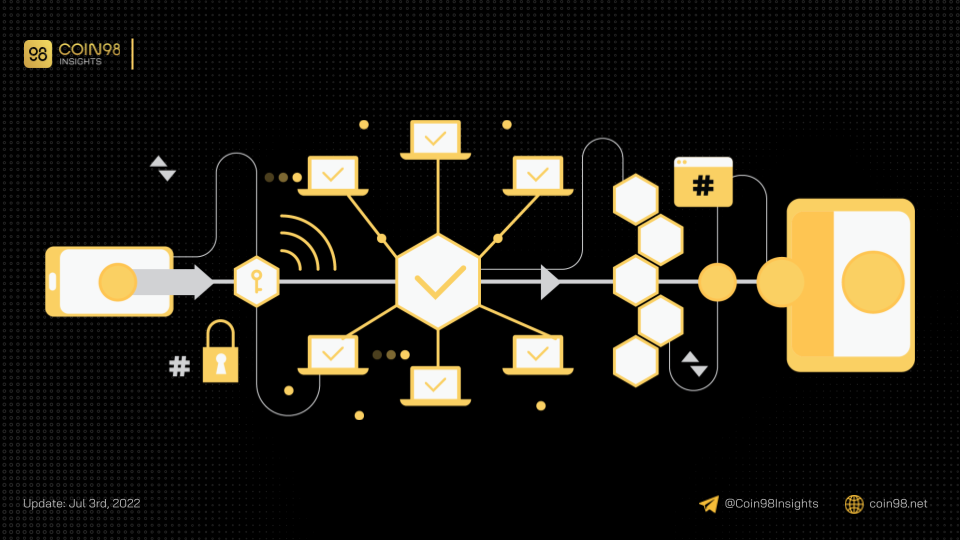
How does Blockchain Node work?
The network's nodes receive the block when a miner or validator attempts to add a new block of transactions to the blockchain. Only some nodes will receive the block depending on the blockchain consensus process.
Nodes can accept or reject a block depending on the legality of the block (signature and transaction validity). A node adds a new block of transactions on top of the ones already in storage whenever it accepts a new batch of transactions. Nodes do the following:
Types of blockchain nodes
There are two main types of nodes:
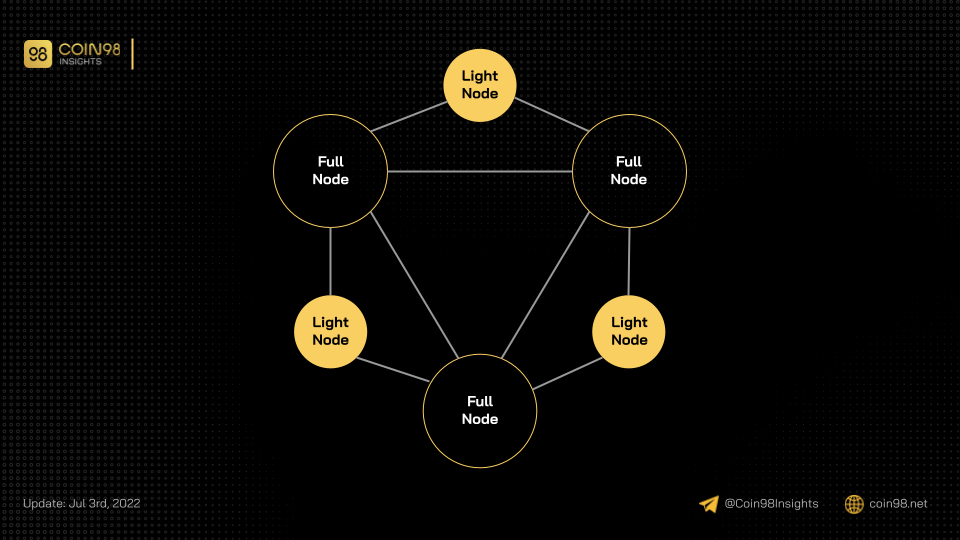
Types of Node
Full nodes
Full nodes act as servers in a decentralized network. Its primary responsibilities include maintaining consensus among other nodes and verifying transactions.
It also stores a copy of the blockchain to increase security and enable cutting-edge features like voting rights for network proposals. Some key characteristics of a full node:
Lightweight nodes
Simple Payment Verification (SPV) nodes, also known as lightweight nodes, are another form of node used in regular crypto transactions.
These nodes interact with the blockchain and rely on full nodes to give them the required information. They merely query the current state to process transactions rather than storing a copy of the whole blockchain.
Although running lightweight nodes doesn't require a lot of resources, security is sacrificed in favor of simplicity.
Who can run a blockchain node?
In traditional finance, payment networks such as Visa or Paypal are held by a central administration.
In the case of most cryptocurrencies, the blockchain nodes do not rely on any validation from the top of the system because they check and verify each other by a consensus mechanism.
Thus, anyone can set up a node by downloading the blockchain’s software onto their personal computer anywhere in the world with specific requirements depend on the blockchain's consensus mechanism.
However, blockchains like BSC, Okexchain, HECO, and others use the Proof of Authority (PoA) consensus method, a reputation-based consensus mechanism. Anyone can host a node, but to confirm PoA chains, users must have a high reputation in that community, making this option unsuitable for most typical users.
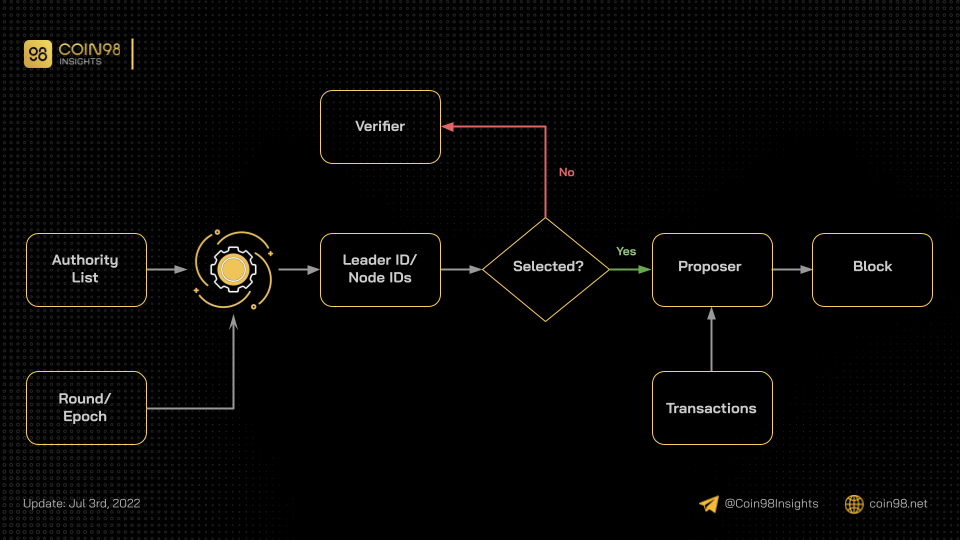
Proof of Authority concensus mechanism
The Delegated Proof of Stake (DPoS) consensus process, which is used by several blockchains, is based on the value of the tokens that users hold; in other words, only "top holders" are allowed to run nodes. This is also inappropriate for the overwhelming majority of users of these blockchains.
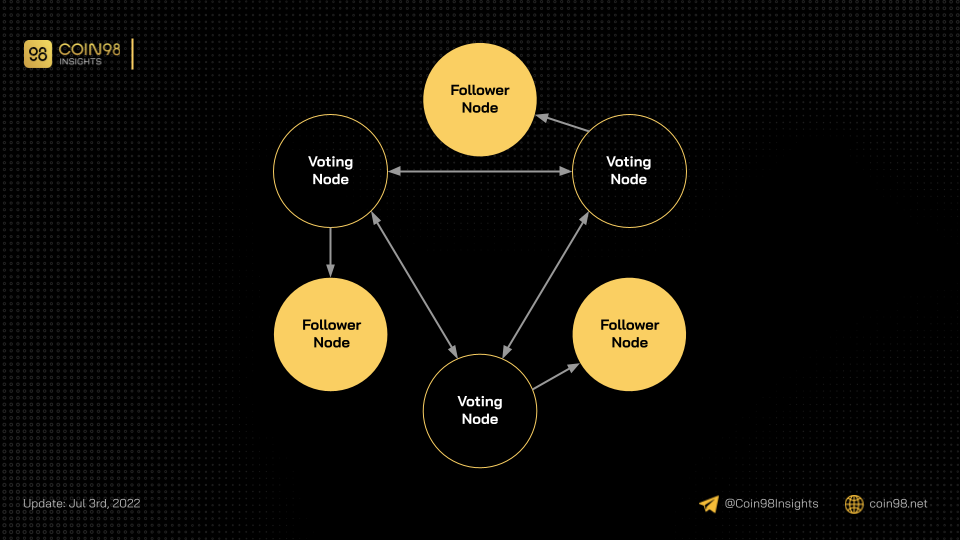
Delegated Proof of Stake concensus mechanism
Additionally, more decentralized blockchains like Ethereum have far lower entry barriers. To use Ethereum securely and discreetly while contributing to the ecosystem, Ethereum encourages users to run their nodes.
There are several advantages of managing Ethereum full node:
The Ethereum Network has the following advantages:
5 simple steps for deploying a node
There is another way to operate a node through a node besides staking tokens or currencies to become a node. Since most cryptocurrency players are unfamiliar with nodes, this strategy is frequently finicky.
As the project has not yet released the token, its nodes often run with testnet code. But also, because there is no token, the opportunity to obtain retroactive is excellent.
Several websites provide services for renting VPS. Contabo is one of them. The least expensive choice is usually sufficient.
Step 1: Rent VPS
VPS (Virtual Private Server) is a virtual computer that users can utilize to execute programs. Purchasing a VPS is similar to buying a computer you don't physically own.
So why would one buy a VPS to run a node? Using the primary machine can impact the data because most testnet lacks of adequate security.
First, go to contabo.com/en/ and select the needed VPS.
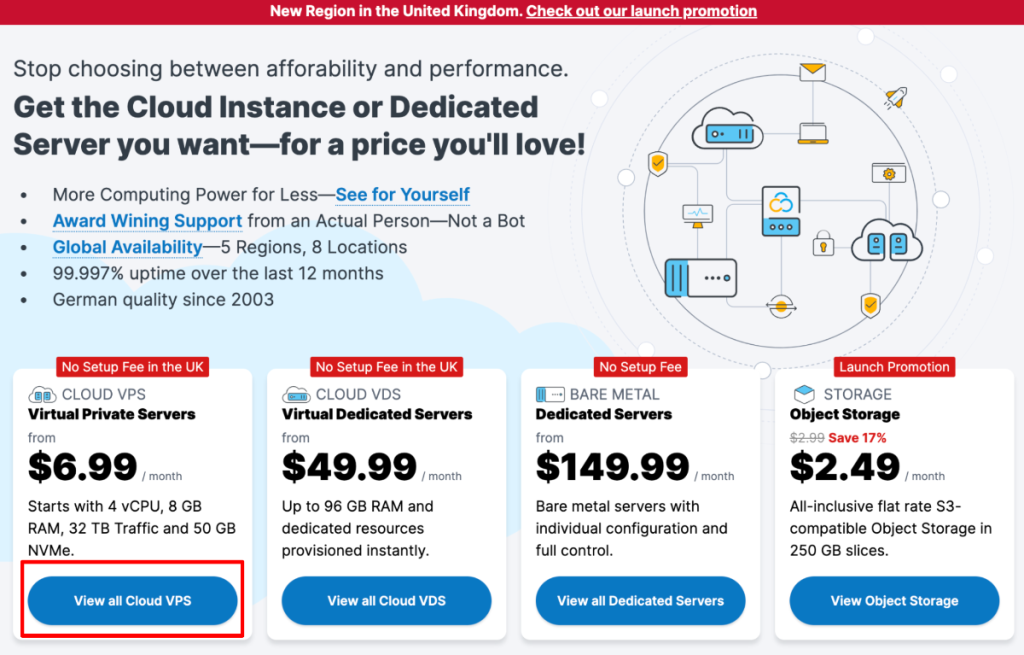
Select the particular VPS that suits your needs.
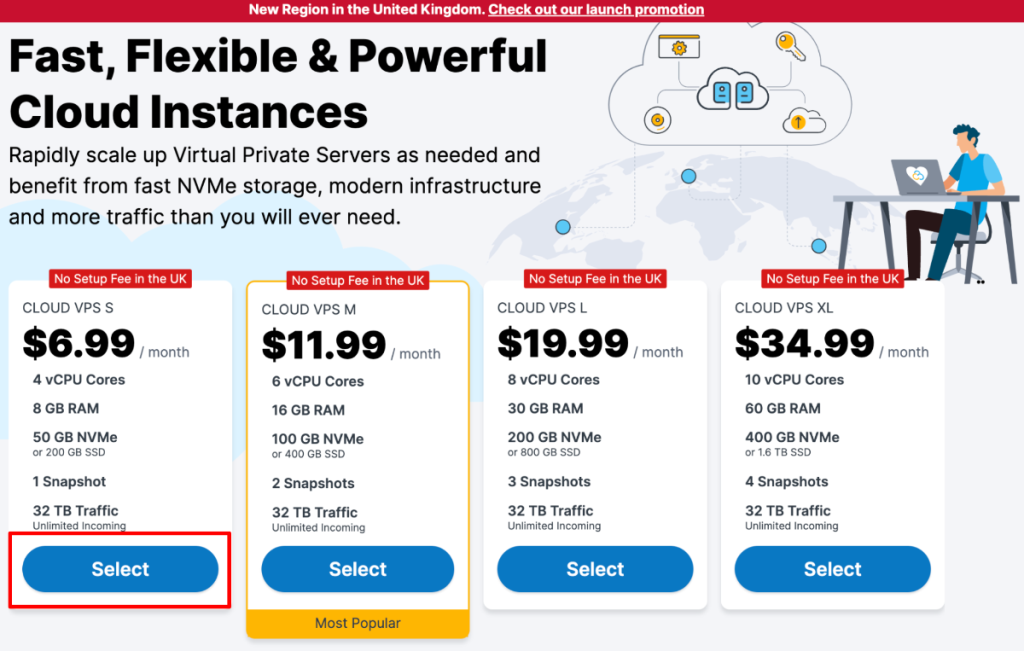
Select a particular VPS
Choose the term length and the region.
Note: You DO NOT NEED to choose the exact region where you live, just the European Union for saving purpose.
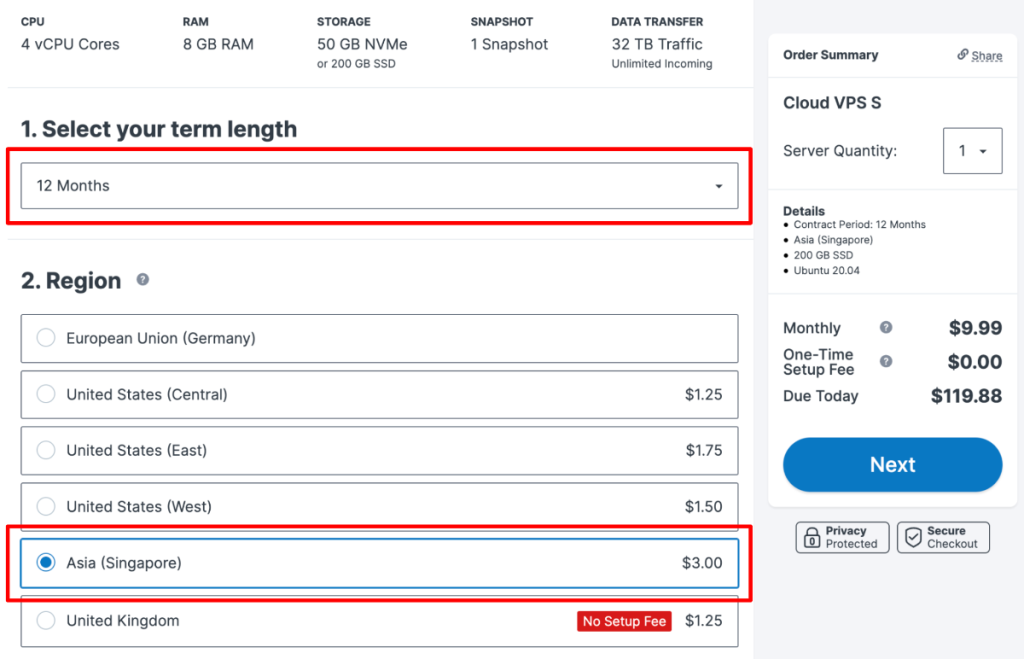
Enter Password. Click Next after entering the remaining data, which includes the 200 GB SSD memory and Ubuntu operating system.
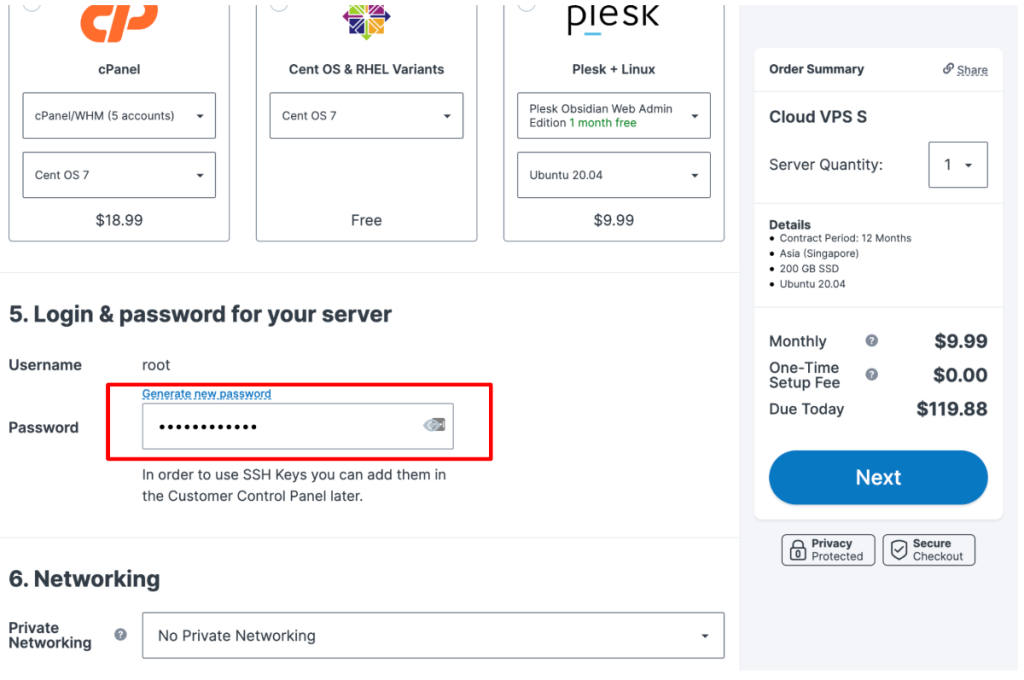
Finally, fill in the personal information and payment card to complete the VPS rental.
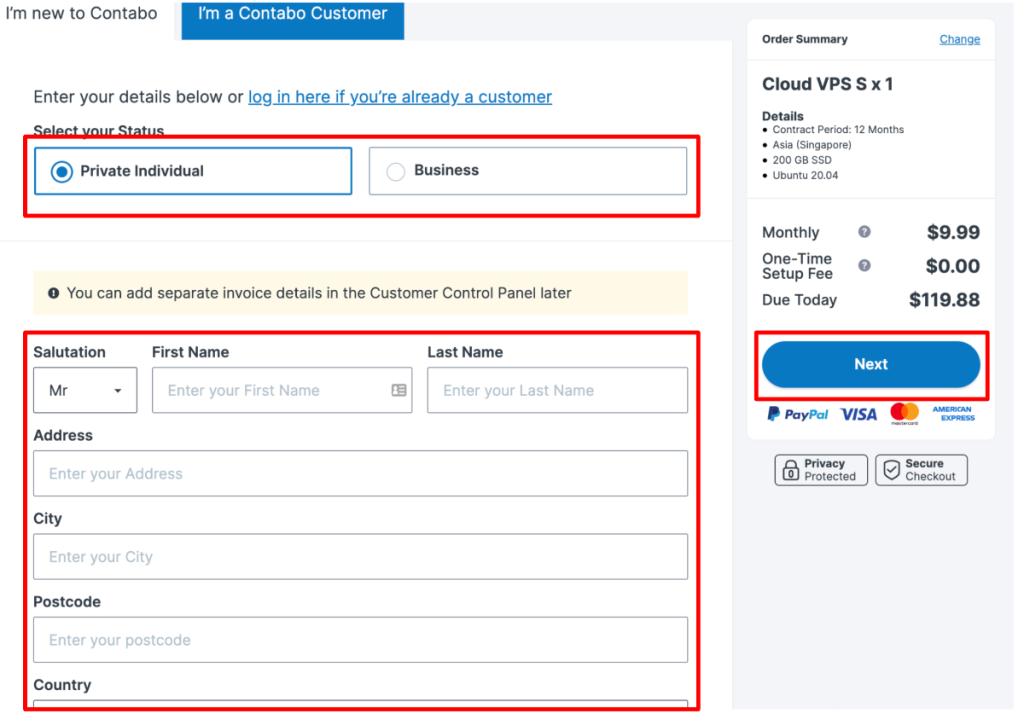
Final step
Step 2: Get login information
The system will email you once it is finished.
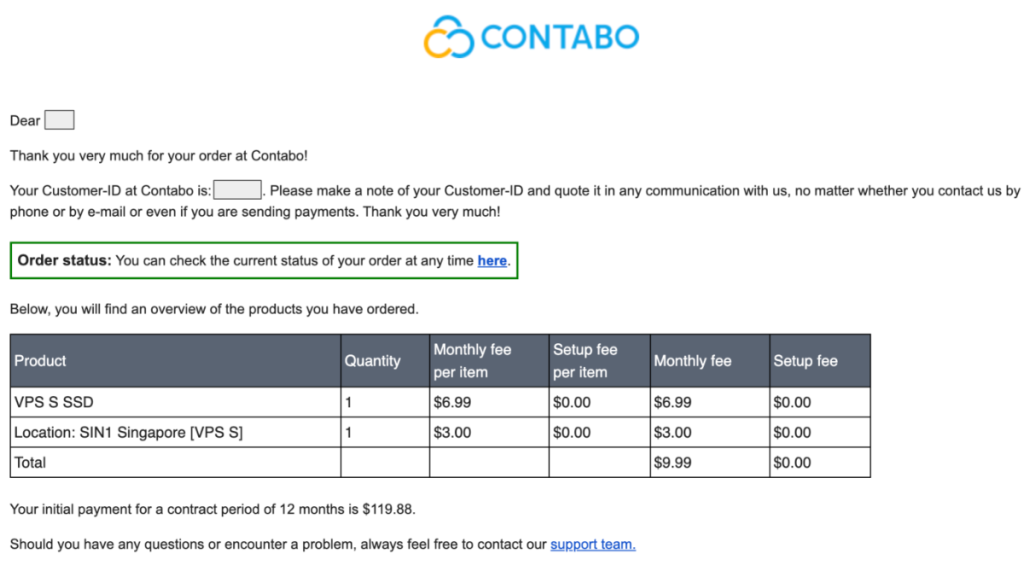
Confirmed Order
Wait a little longer; the next email will contain the following login information:
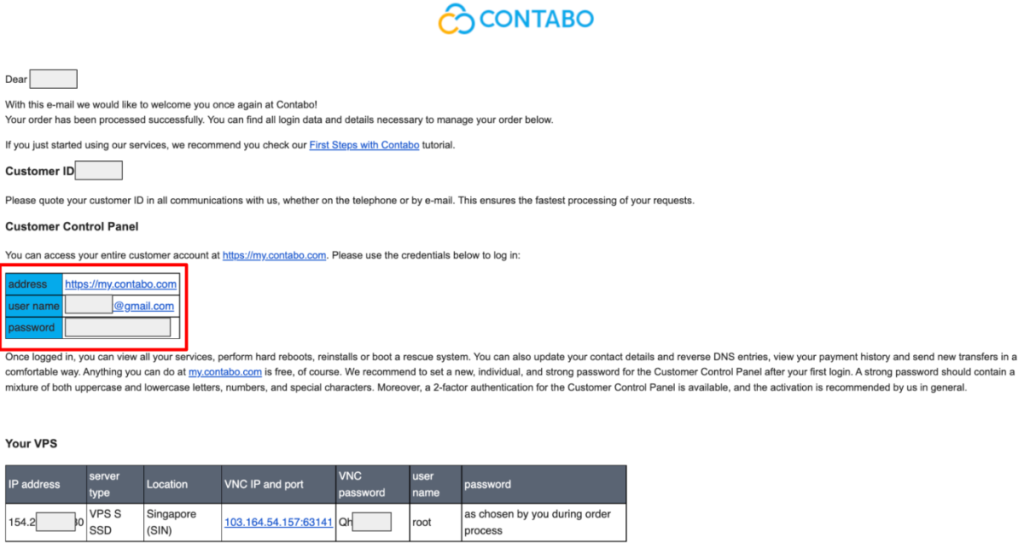
Then sign in at my.contabo.com/account/login. Change each password in succession using the procedures below: Choosing Your services.
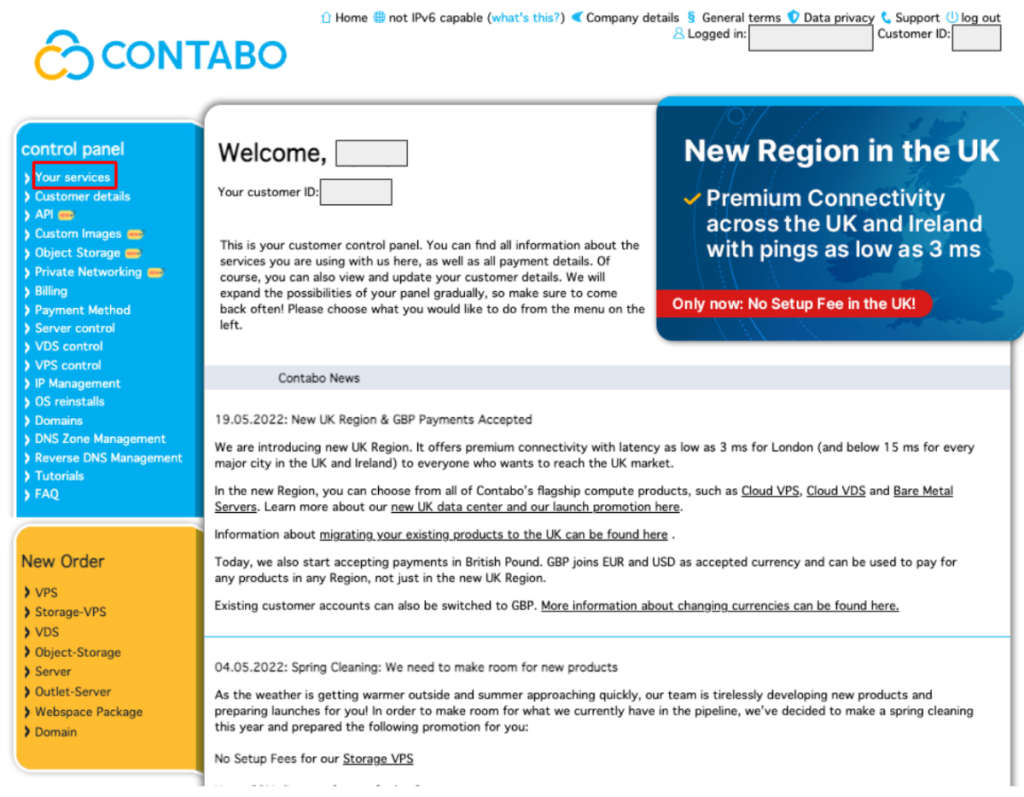
Click Manage → Control.
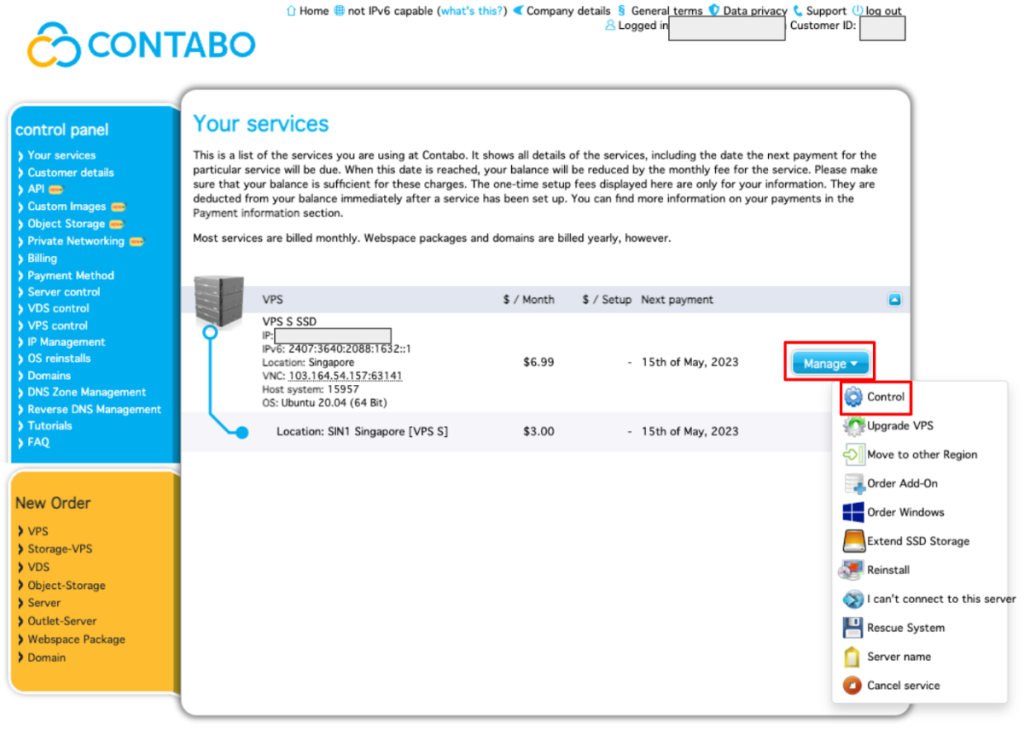
Click Password Reset.
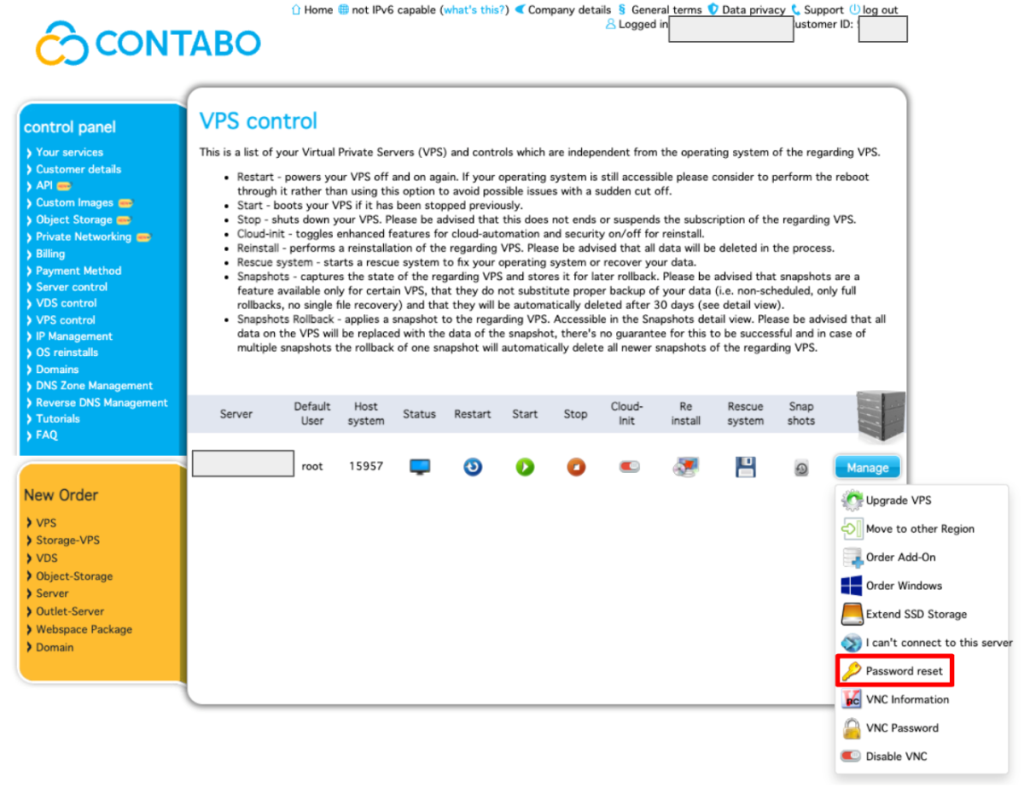
Click Password reset
After entering the new password, you're finished. The initial password for Contabo cannot be entered for unknown reasons, which is why there is a step to update the password.
Step 3: Enter login information
Along with the password that was changed above, the login information consists of the IP address from the login email.
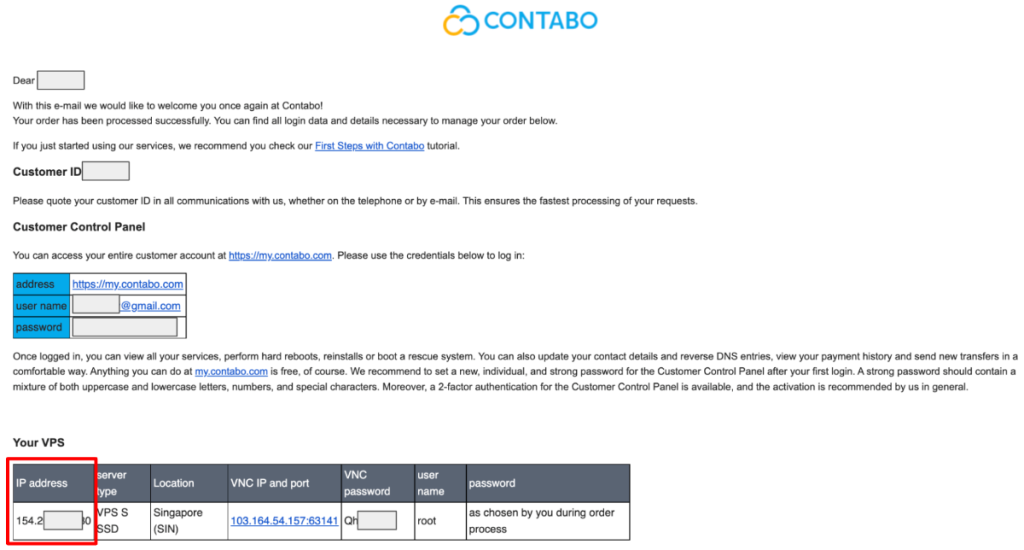
Log in IP
There are various ways to log in, depending on the operating system:
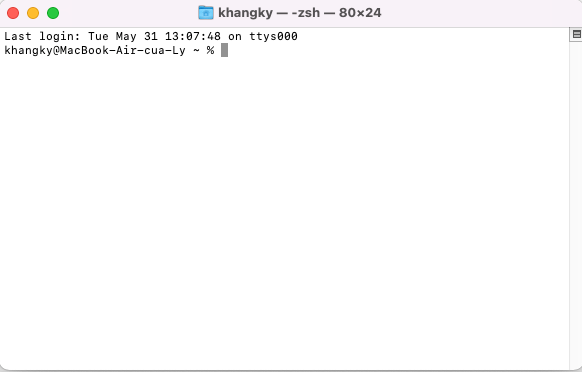
MacOS's terminal interface
To log into VPS, click the syntax shown below:
ssh root@
Then click Enter. For example:
The system will prompt the following questions when a VPS logs in for the first time. We hit yes (be sure to type it in lowercase; occasionally it'll be capitalized) and Enter.
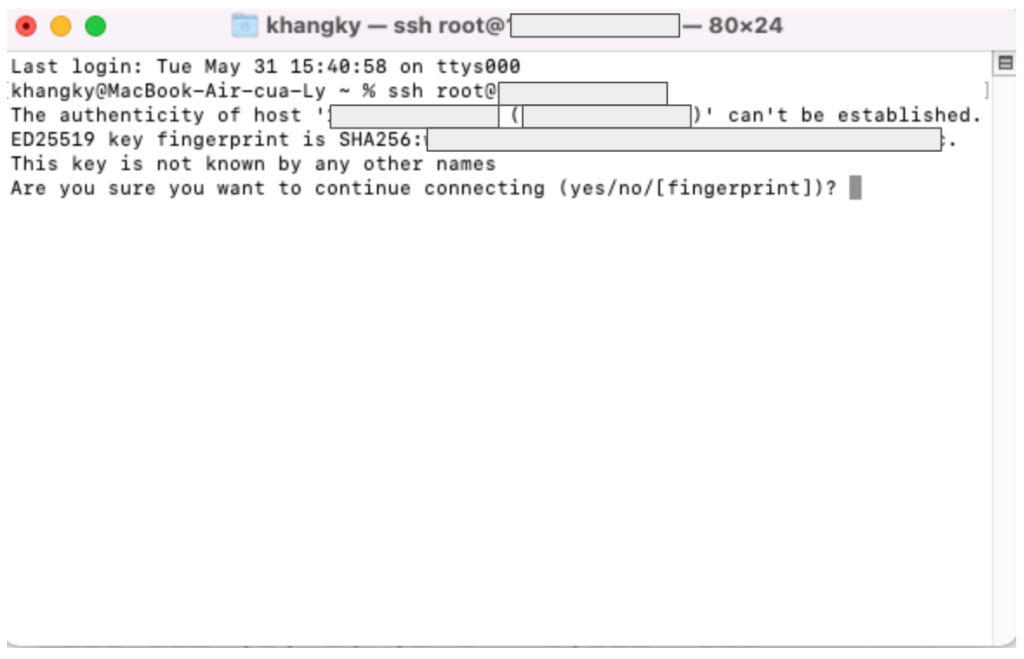
Click Yes and Enter to continue
The password you modified above must now be entered. The characters for the password are not displayed on the Terminal, so you just press normally. Press Enter when finished.
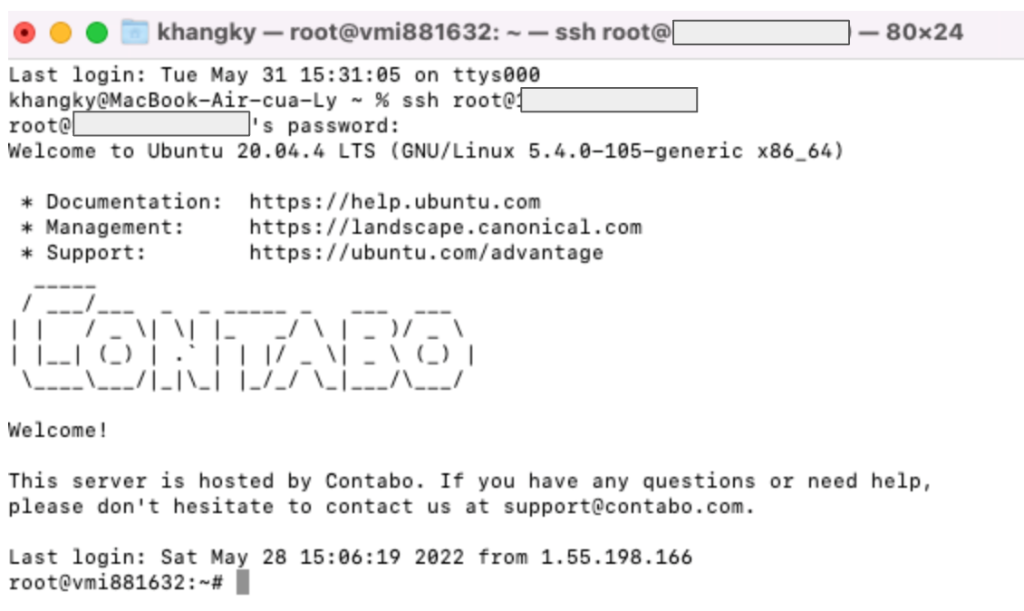
The successful login Contabo's interface
Step 4: Use the function tmux
tmux is a function that runs nodes when you shutdown the process. Since VPS is merely an ordinary computer, when we turn off Terminal, VPS likewise shuts down, and all operations come to a complete halt. Node is halted as a result. We must set up tmux in order to fix this situation. The node in tmux will continue to run unaffected by shutdown until we deliberately stop it.
Use the subsequent command to install tmux after successful login in:
apt install tmux
Then Enter.
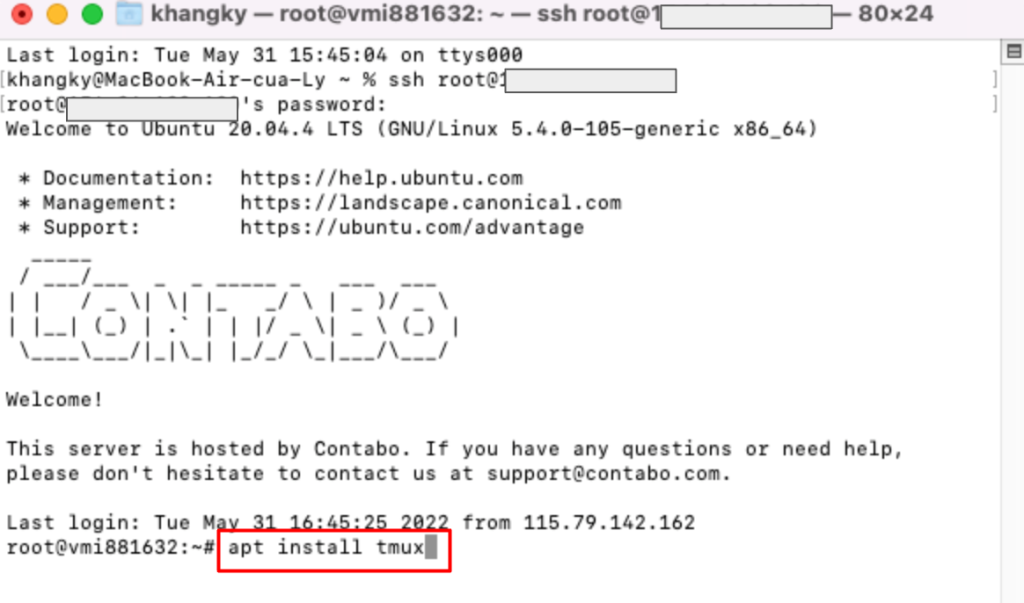
tmux's setting
Press the following command to access tmux:
tmux
Then Enter.
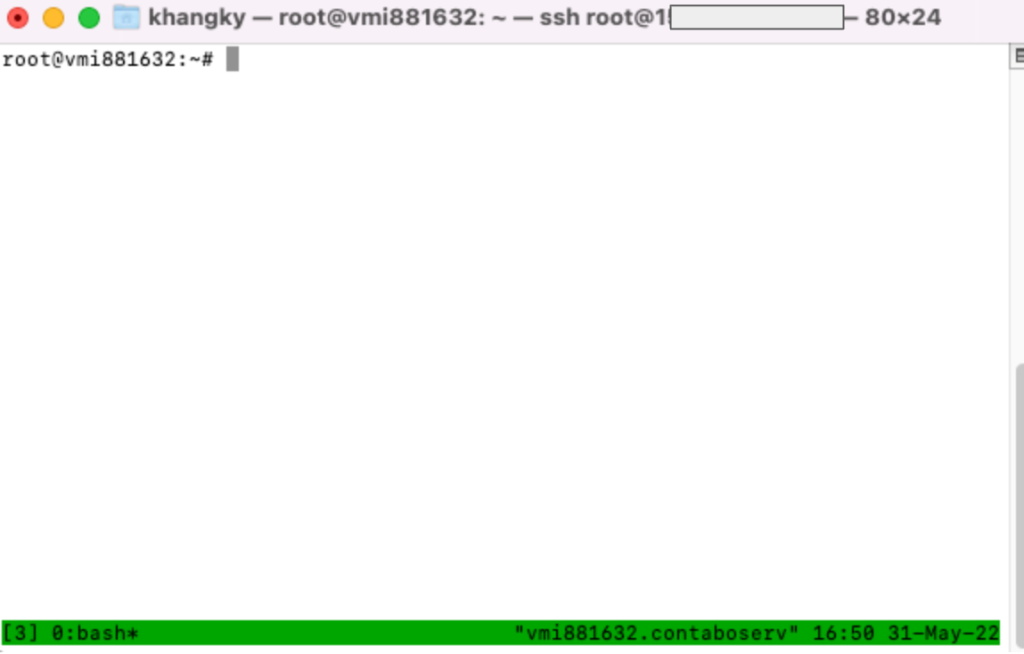
tmux's interface
Step 5: Run node
The fundamental procedures for running Node have been covered in the steps above. The rest is dependent on the programming language project; each design has a different set of commands.
Conclusion
Nodes are essential to the efficient operation of a blockchain network because they ensure data veracity and protect the integrity of all members. To encourage users to run full nodes, most blockchain networks employ financial incentives like mining or staking. Some users voluntarily set up their whole nodes, regardless of rewards, since they have confidence in a project's future and want to do everything in their power to promote and protect it.
Keep in mind that maintaining a complete node comes with costs and risks. Even though there are a ton of online rules, setting them up may be too difficult for anyone who isn't familiar with programming or blockchain technology. Your level of success will depend on how much time and work you are willing to invest into this project.
ما هو رمز مروحة Santos FC؟ ما هو رمز سانتوس؟ تعرف على المزيد حول SANTOS Tokenomics هنا!
ما هو TomoChain (TOMO)؟ توفر لك هذه المقالة جميع المعلومات المفيدة حول العملة المشفرة TomoChain (TOMO).
ما هو الانهيار الجليدي؟ ما هي عملة AVAX؟ ما الذي يجعل الانهيار الجليدي مختلفًا عن Blockchain الأخرى؟ تعلم المزيد عن AVAX Tokenomics !!!
ما هو ShibaSwap؟ تعرف على المزيد حول جميع ميزات ShibaSwap وتفاصيل رمز SHIB Token هنا!
ما هو Tezos؟ ما هو رمز XTZ؟ ما الذي يجعل Tezos مختلفًا عن سلاسل الكتل الأخرى؟ تعرف على المزيد حول XTZ Tokenomics هنا!
ما هو بروتوكول الوحدة (DUCK)؟ توفر لك المقالة جميع المعلومات الأكثر فائدة حول العملة المشفرة لبروتوكول الوحدة (DUCK).
ما هو Quantstamp (QSP)؟ توفر المقالة لك جميع المعلومات الضرورية والمفيدة حول العملة الافتراضية Quantstamp (QSP).
ما هو فلامنغو (FLM)؟ توفر لك هذه المقالة معلومات مهمة ومفيدة حول العملة المشفرة Flamingo (FLM).
ما هو أرضية فيكوتا؟ Vicuta هي بورصة فيتنامية تدعم شراء وبيع مجموعة متنوعة من العملات البديلة بتكلفة منخفضة. انظر دليل أرضية فيكوتا هنا!
ما هو بلوك كلاود (بلوك)؟ تمنحك المقالة جميع المعلومات الأكثر تفصيلاً حول مشروع Blockcloud و BLOC Token.
